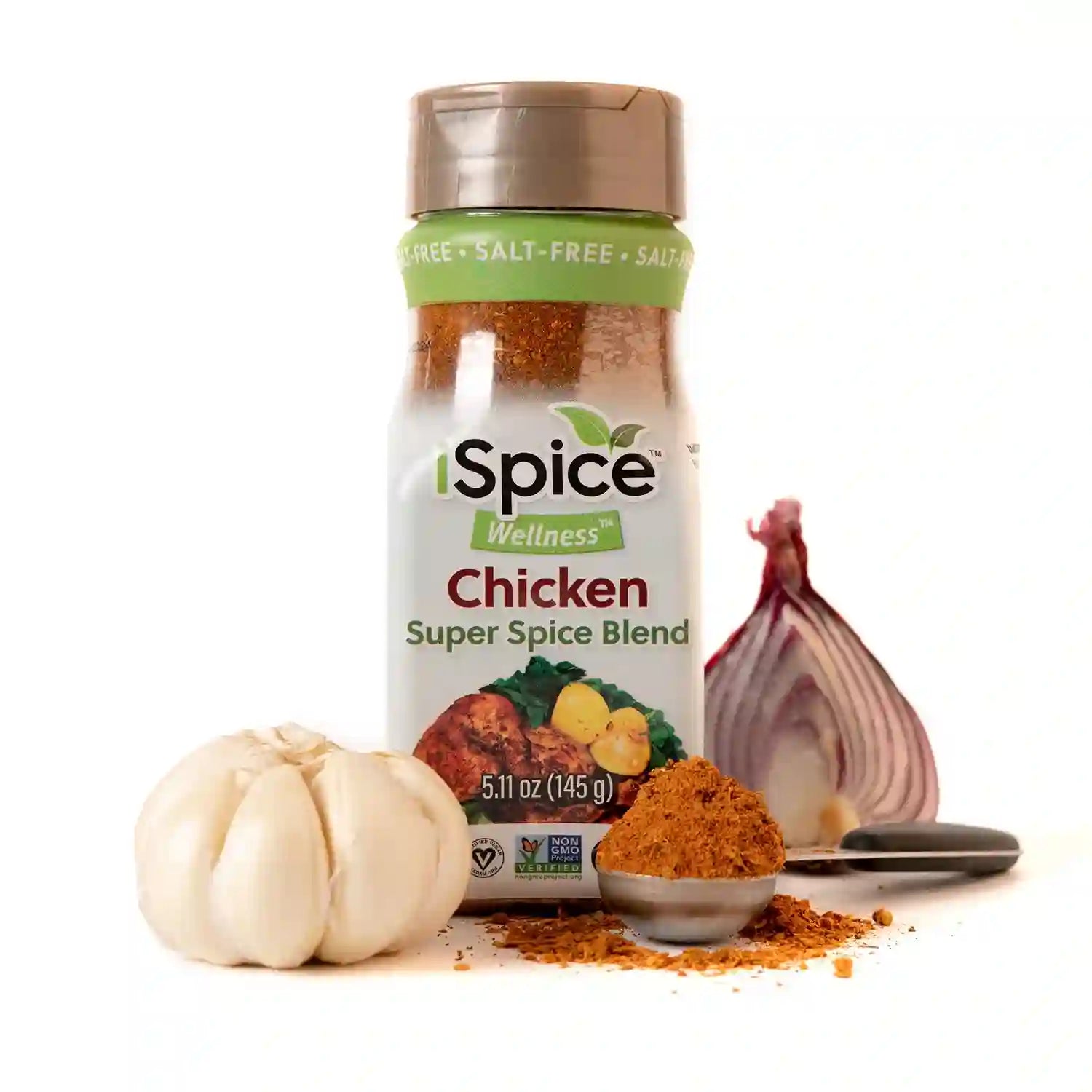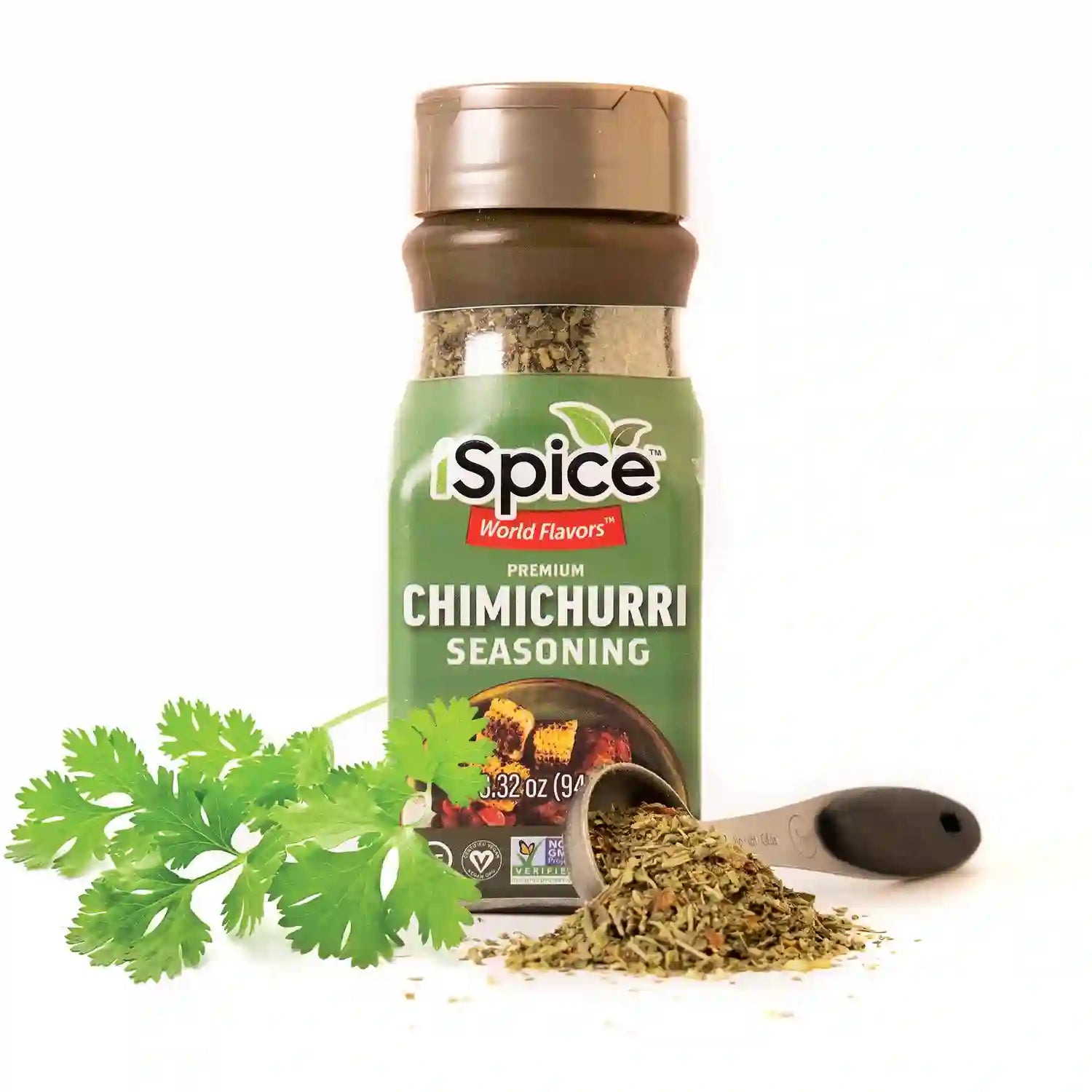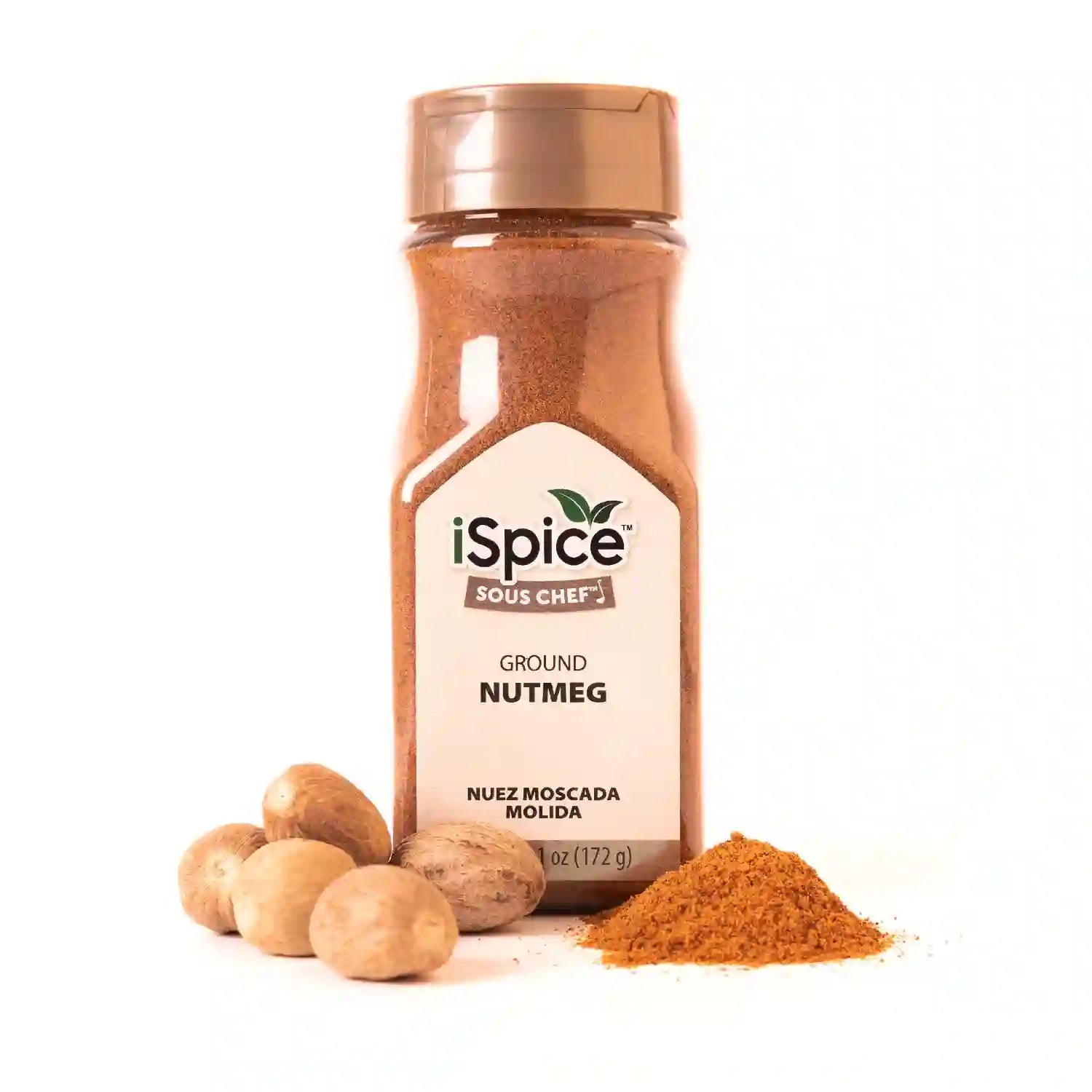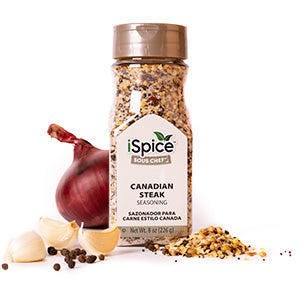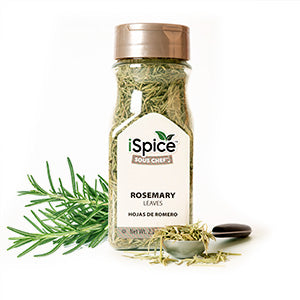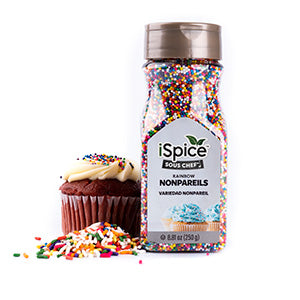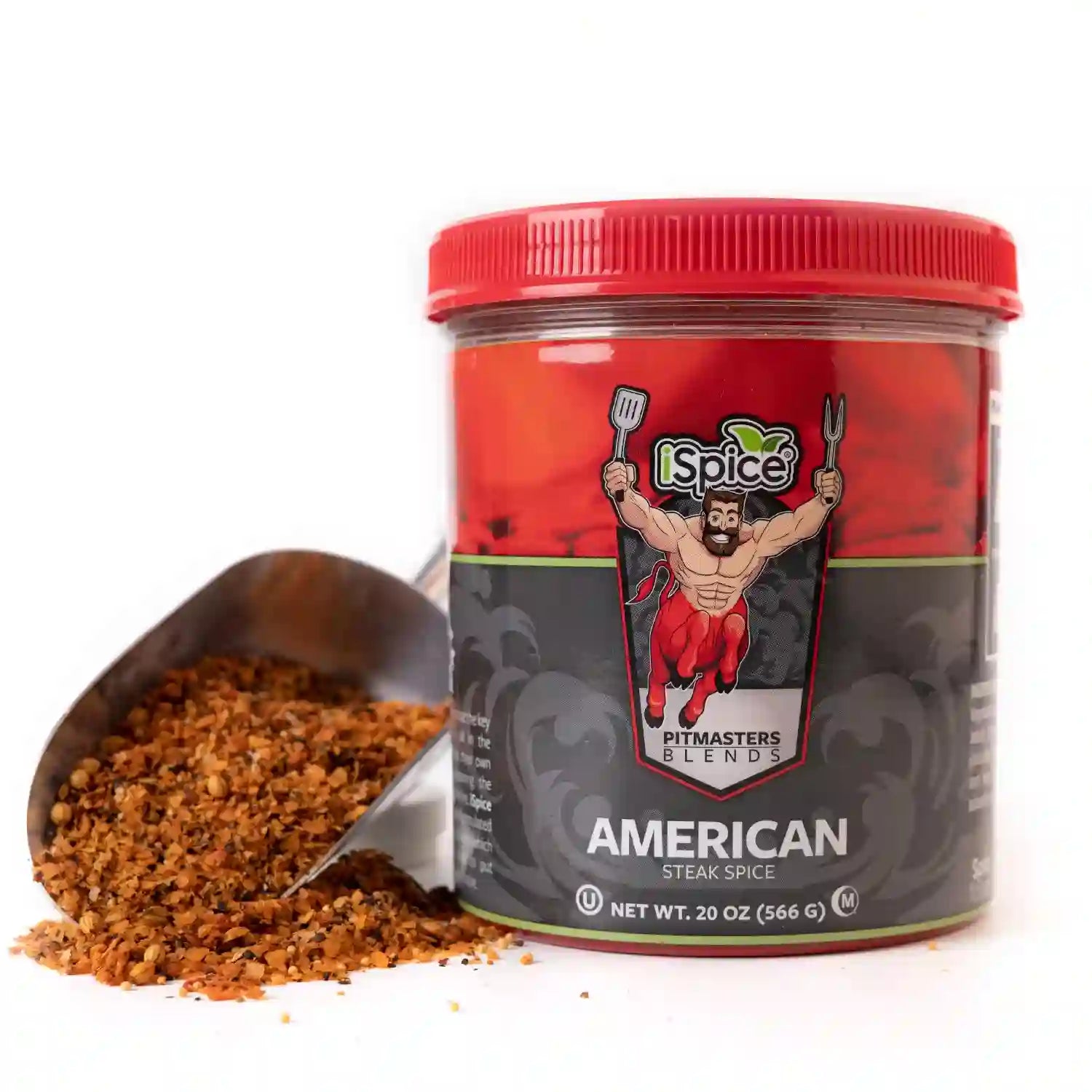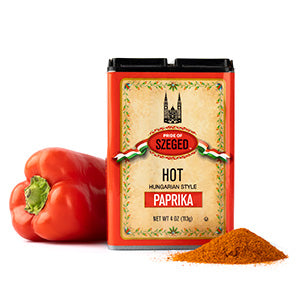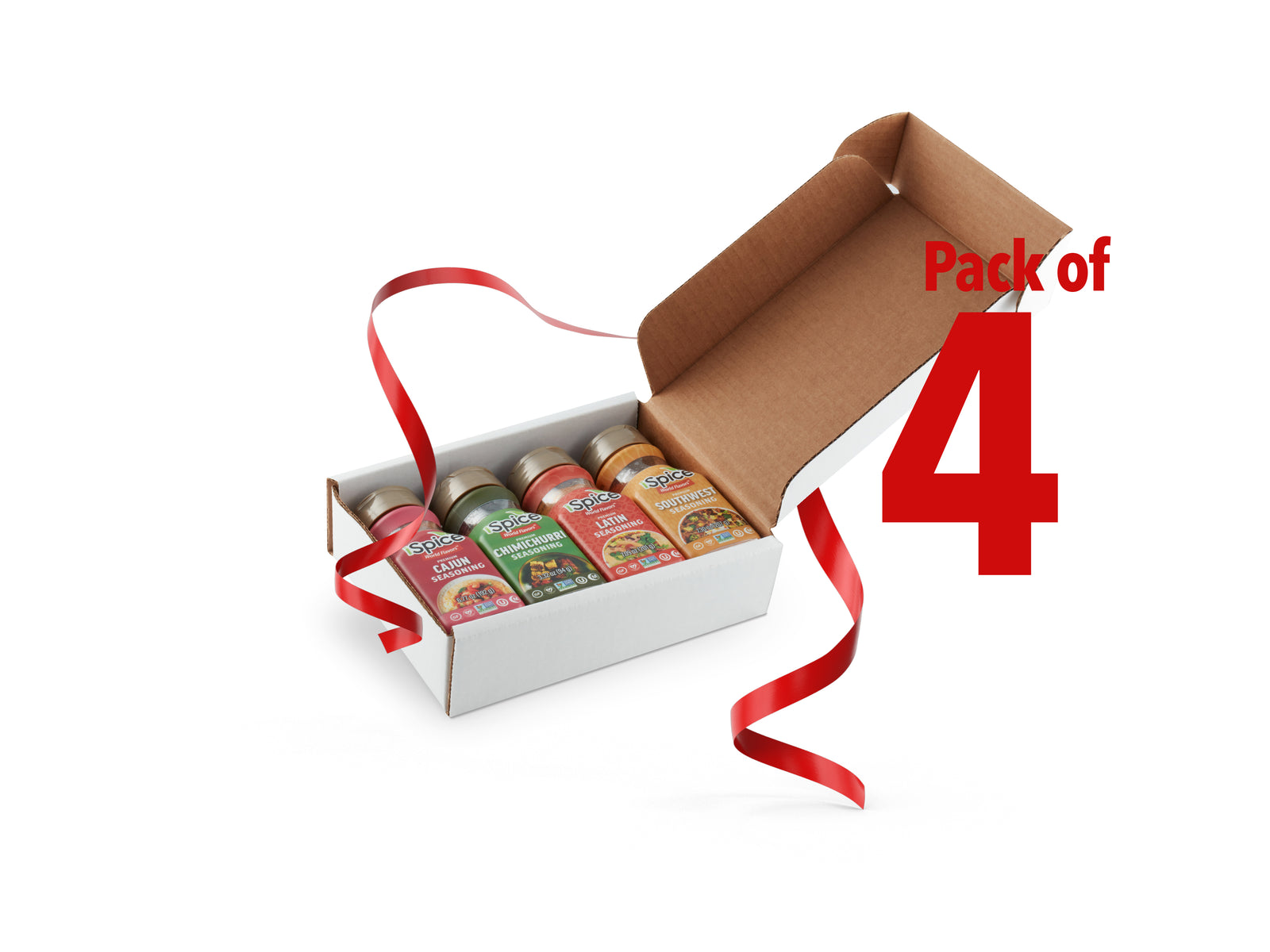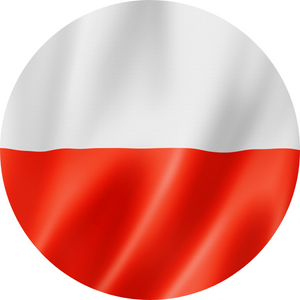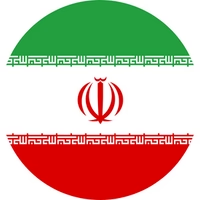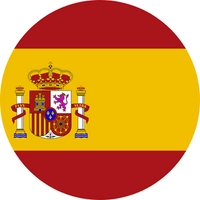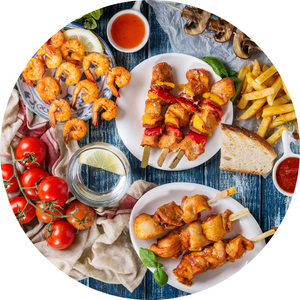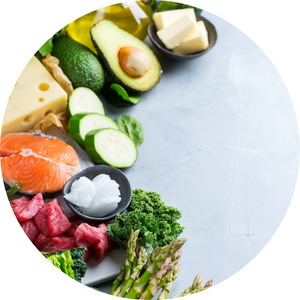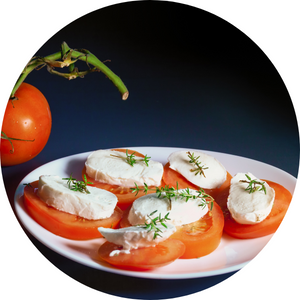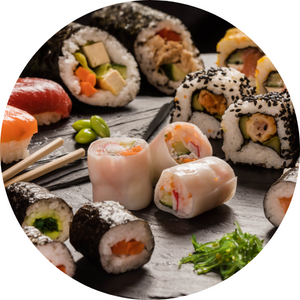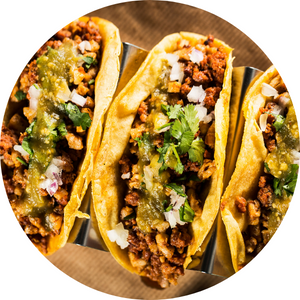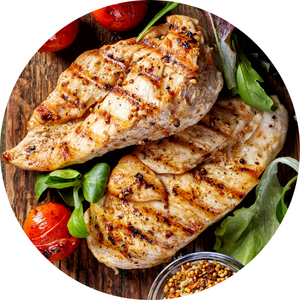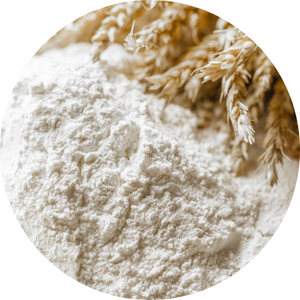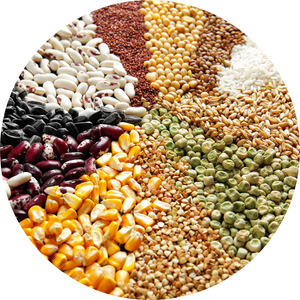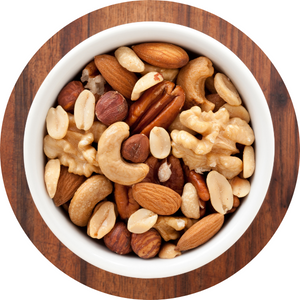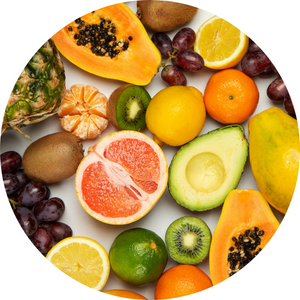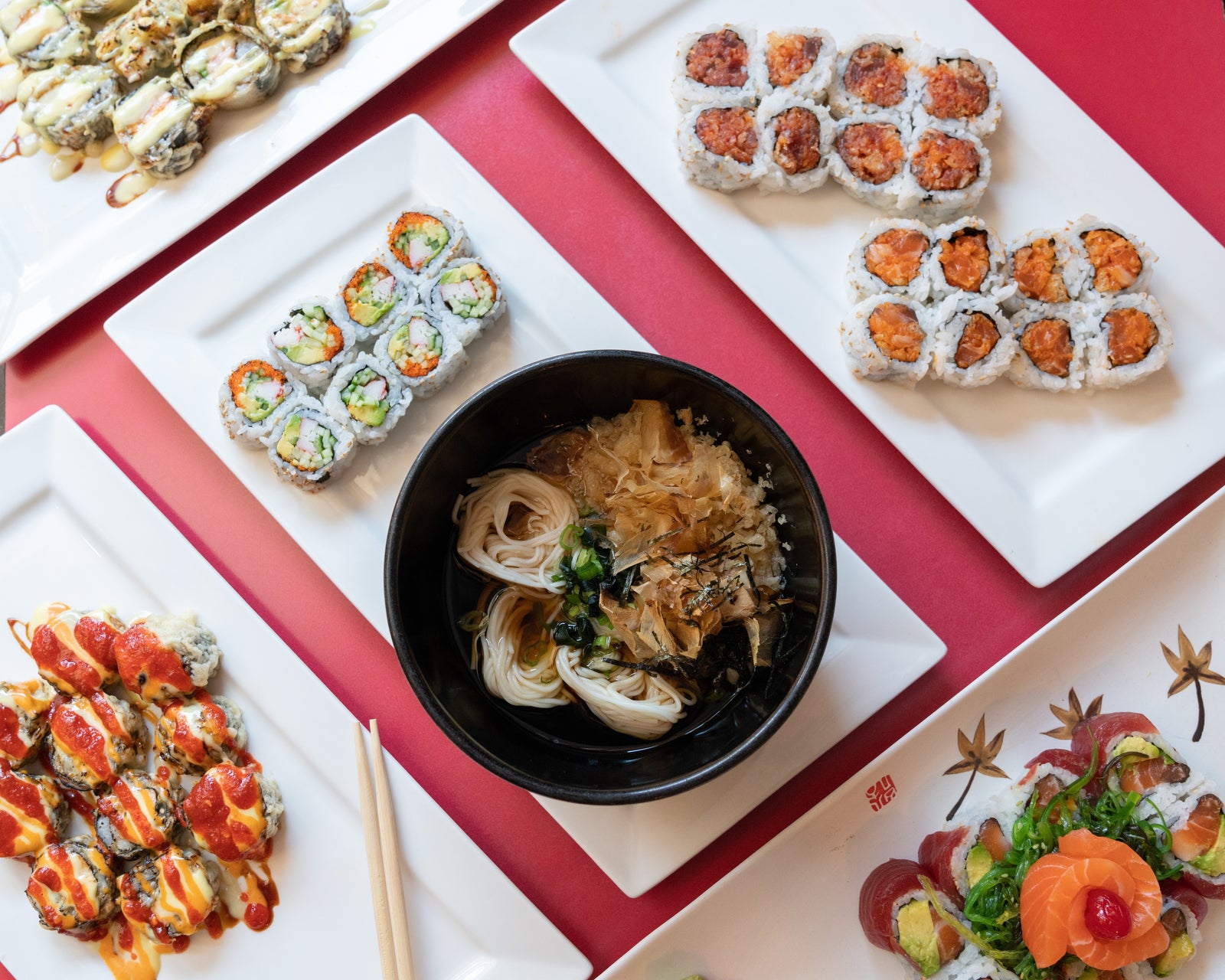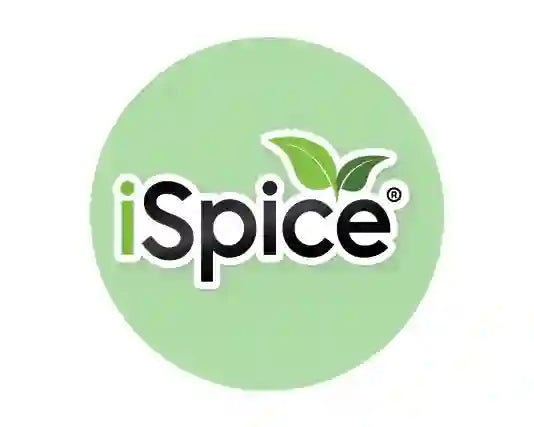
Introduction
Coriander, a spice known for its distinct flavor and aroma, has a rich history and a fascinating journey across time. From ancient civilizations to modern-day cuisine, coriander has been a beloved ingredient in diverse cultures around the world. In this article, we delve into the history and origins of coriander, exploring its origins, cultivation, and its significant role in culinary traditions. Join us on a spice-filled adventure as we uncover the story behind "The History and Origins of Coriander: A Spice Through Time."
The Origins of Coriander
Coriander, scientifically known as Coriandrum sativum, is an annual herb native to the Mediterranean region and southwestern Asia. Its origins can be traced back thousands of years to the regions encompassing present-day Greece and Turkey. The plant is part of the Apiaceae family and is closely related to other aromatic herbs like parsley, dill, and fennel.
Coriander in Ancient Civilizations
Coriander's usage dates back to ancient times, with evidence of its cultivation found in archaeological sites dating as far back as 5,000 BC. The ancient Egyptians, known for their culinary and medicinal advancements, regarded coriander as a sacred herb. It was often placed in tombs, and the seeds were used as flavoring agents in food and beverages.
The Journey to the West: Coriander's Spread
Coriander's popularity gradually spread beyond the Mediterranean region. The ancient Greeks and Romans embraced the herb and introduced it to other parts of Europe. It made its way to the Indian subcontinent, where it became a staple in Indian, Pakistani, and Bangladeshi cuisines, adding its distinctive flavor to various dishes.
Coriander in Medieval Europe
During the Middle Ages, coriander gained prominence in European cuisine. It was widely used in both sweet and savory dishes and was an essential ingredient in the production of beer and spirits. The aromatic properties of coriander made it a popular choice for masking unpleasant flavors in preserved foods.
Coriander in the Age of Exploration
As European explorers set sail to discover new lands, they brought along coriander seeds as a source of sustenance. This resulted in the spice finding its way to the Americas, Africa, and Asia. The herb quickly adapted to these new environments, establishing itself as an integral part of local cuisines.
The Rise of Coriander in Asian Cuisine
Coriander plays a crucial role in Asian cuisine, particularly in countries like Thailand, Vietnam, and China. The fresh leaves, commonly referred to as cilantro, are widely used as a garnish, adding a refreshing and citrusy note to dishes like curries, stir-fries, and salads. The seeds, on the other hand, are used in spice blends and pickling.
Coriander in Middle Eastern Delights
Middle Eastern cuisine showcases coriander in all its glory. The spice finds its way into dishes like falafel, hummus, and shawarma, providing a distinctive flavor that elevates these iconic delicacies. The combination of coriander, cumin, and other spices creates a unique and aromatic profile that is synonymous with Middle Eastern cuisine.
Coriander in Latin American Fare
Latin American cuisine also embraces coriander as a staple herb. From Mexican salsas to Brazilian moquecas, the herb adds a vibrant and fresh element to traditional dishes. Its bright flavor and ability to balance spiciness make it an essential ingredient in popular dishes like guacamole, ceviche, and tamales.
The Culinary Uses of Coriander
Coriander is a versatile spice that offers a wide range of culinary possibilities. Its fresh leaves, stems, and seeds are used in various forms to enhance the flavor of dishes worldwide. The leaves are commonly used as a garnish, while the seeds are ground into a powder or used whole for their distinctive flavor.
The Medicinal Properties of Coriander
Beyond its culinary applications, coriander also possesses medicinal properties. It has been used in traditional medicine for centuries to address various ailments. The herb is believed to have digestive, anti-inflammatory, and antibacterial properties, making it a valuable ingredient in herbal remedies.
Coriander in Traditional Medicine
In traditional medicine systems like Ayurveda and Traditional Chinese Medicine (TCM), coriander is used to promote digestion, alleviate stomach ailments, and soothe inflammation. It is often combined with other herbs and spices to create herbal formulations aimed at restoring balance and well-being.
Growing Coriander: Cultivation and Harvesting Techniques
If you're interested in growing coriander at home, it's essential to understand the cultivation and harvesting techniques. Coriander thrives in well-draining soil and requires ample sunlight. The plant can be grown from seeds, and both the leaves and seeds can be harvested for culinary use.
How to Use Coriander in Cooking: Tips and Tricks
Coriander adds a delightful touch to a wide range of dishes, but it's essential to know how to use it effectively. Here are some tips and tricks for incorporating coriander into your cooking:
- Use the fresh leaves as a finishing touch on soups, salads, and curries.
- Roast coriander seeds and grind them into a powder for spice blends.
- Pair coriander with complementary spices like cumin and turmeric for flavorful curries.
- Experiment with pickling vegetables using coriander seeds for added complexity.
Coriander Varieties and Their Flavor Profiles
Coriander comes in various varieties, each with its own unique flavor profile. Here are some common coriander varieties and their distinguishing characteristics:
- Moroccan Coriander: Known for its intense citrusy aroma and bright flavor.
- Indian Coriander: Offers a warm, earthy flavor with subtle floral notes.
- Thai Coriander: Features a more pungent and peppery flavor compared to other varieties.
The Chemistry Behind Coriander's Aroma and Taste
The distinct aroma and taste of coriander can be attributed to its chemical composition. The leaves contain compounds such as linalool and geranyl acetate, which contribute to the herb's refreshing and citrusy fragrance. The seeds, on the other hand, possess essential oils like coriandrol and alpha-pinene, enhancing their unique flavor profile.
Frequently Asked Questions (FAQs)
Is coriander the same as cilantro?
No, coriander and cilantro refer to different parts of the same plant. Coriander typically refers to the dried seeds, while cilantro refers to the fresh leaves and stems.
Can I use coriander seeds as a substitute for ground coriander?
Yes, coriander seeds can be ground into a powder and used as a substitute for ground coriander. However, keep in mind that the flavor profile may differ slightly.
How long does coriander last in the fridge?
Fresh coriander leaves can last up to one week when stored in the refrigerator. To extend their shelf life, you can also freeze them for future use.
Are there any potential allergic reactions to coriander?
While rare, some individuals may experience allergic reactions to coriander. Symptoms can include skin rashes, itching, or difficulty breathing. If you suspect an allergy, it's best to consult a healthcare professional.
Can I grow coriander indoors?
Yes, coriander can be successfully grown indoors. Ensure the plant receives sufficient sunlight and water regularly to maintain optimal growth.
Does coriander have any known health benefits?
Coriander has been associated with various health benefits, including improved digestion, reduced inflammation, and potential antimicrobial effects. However, further research is needed to fully understand its therapeutic potential.
Conclusion
Coriander, with its ancient origins and global presence, has secured its place as a beloved spice in countless culinary traditions. From its humble beginnings in the Mediterranean to its vibrant presence in dishes worldwide, coriander continues to captivate taste buds and add depth to a wide range of recipes. Its versatile nature and unique flavor profile make it a valuable ingredient in both traditional and modern cuisine. So, embrace the history and origins of coriander and explore the endless possibilities this remarkable spice has to offer.
Alert: While spices can have many beneficial properties for health, using them for medical purposes should be done under the guidance and supervision of a healthcare professional or specialist. Some spices may interact with medications or cause adverse reactions in certain individuals, and it is important to use them safely and appropriately. If you are considering using spices for a medical condition, it is important to consult with a healthcare professional before doing so.

